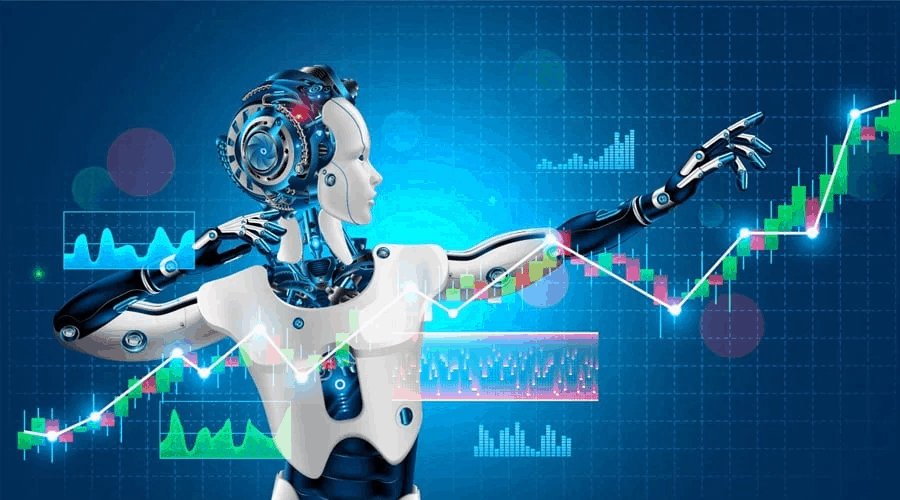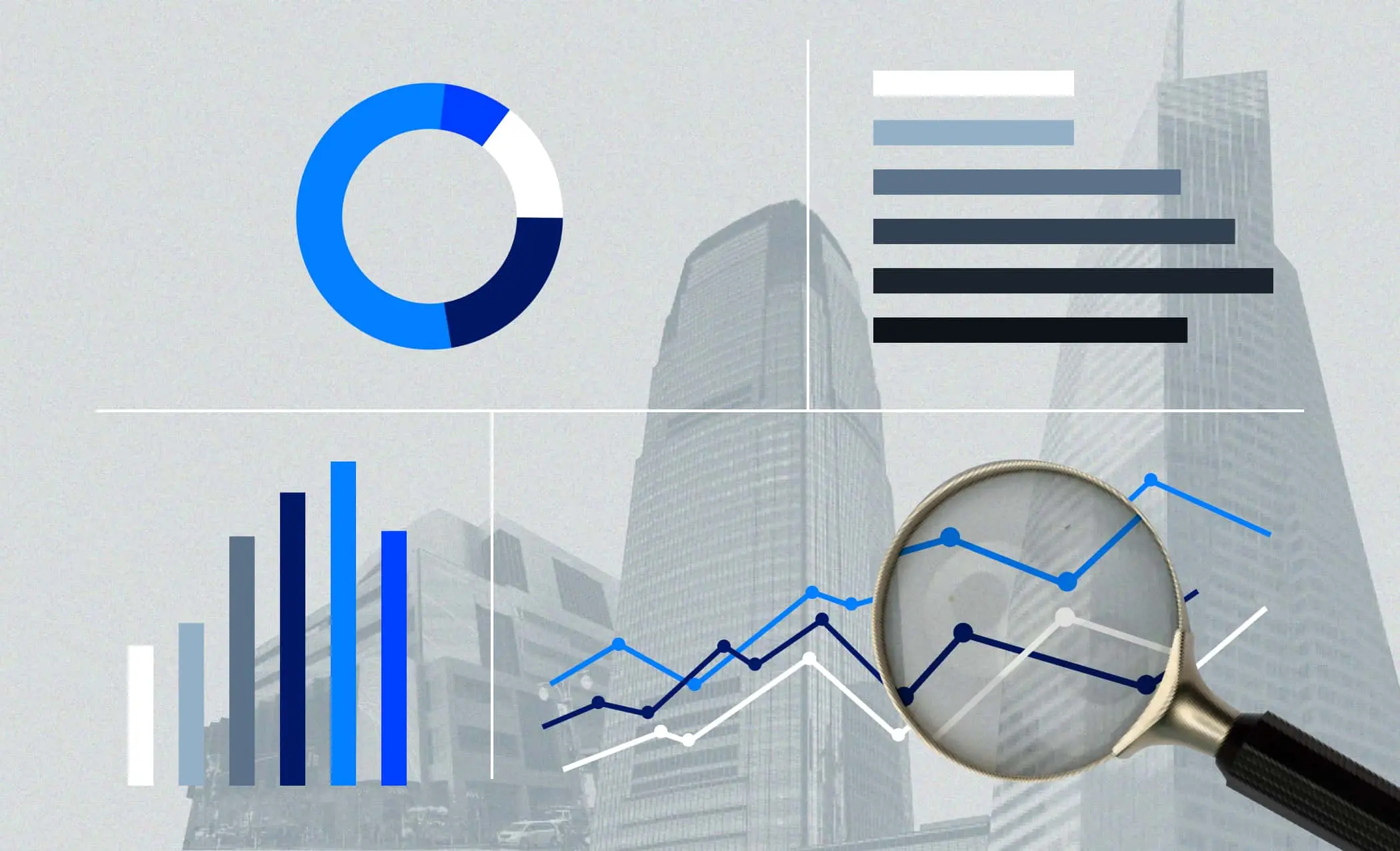
Stock market prediction tools have become essential to modern investing. With data-driven insights, investors can make more informed decisions and better anticipate market movements. But how accurate can these tools be? Understanding their capabilities and limitations is key to leveraging their full potential.
How Stock Market Prediction Tools Work
Stock market prediction tools rely on analyzing vast amounts of financial data. They utilize methods like time series analysis and stock technical analysis to identify trends in share market performance, sector strength, and price fluctuations. These tools focus on key metrics, including price volatility, historical trends, and market sentiment indicators.
The process of stock market predictions largely hinges on interpreting these metrics accurately. For example, market trend analysis may reveal signals for potential price increases or declines. However, no prediction tool is foolproof. Investors need to understand the nuances of financial data analysis to extract meaningful insights. Platforms like Meytrix aim to simplify this process by providing clear and actionable data for stock analysis sites.
The Value of Data-Driven Investing
Data-driven investing is transforming how investors make decisions. Removing the influence of emotion and bias allows for more rational investment choices. This approach to investing gives the investor an edge during volatile periods where the market sentiment is polarizing.
Meytrix amplifies this approach by offering enhanced market research tools. These tools are designed to not only gather and interpret data but also deliver tailored investment ideas that align with individual risk preferences and goals. This empowers investors to make data-backed choices with confidence.
Understanding the Accuracy of Stock Market Prediction Tools
The accuracy of stock market prediction tools varies significantly based on the methods and algorithms they employ. Many of these tools use sophisticated models such as time series analysis to identify recurring patterns and trends in share market performance. However, accuracy is not absolute, and it is essential to understand the factors that influence how precise predictions can be.
One critical aspect of prediction accuracy is the quality and comprehensiveness of the underlying financial data analysis. Tools that rely on diverse data points such as historical price movements, trading volumes, and technical indicators, may offer more reliable stock market forecasting. Meytrix, for example, leverages these data sets to provide highly refined predictions, offering insights that go beyond surface-level trends.
Predictive accuracy also depends on how well the tools adapt to sudden market changes. Volatility is an inherent part of investing, and the ability to quickly recalibrate predictions is crucial. Meytrix’s Signals, a feature that predicts price direction, has a proven track record of 72.33% accuracy. This accuracy is critical for anticipating a stock market forecast for the next 3 months, allowing investors to better plan investment strategies.
Another factor to consider is human interpretation. Even the best stock-analyzing tools cannot guarantee success if users misinterpret the data. This highlights the importance of investor education and understanding how to use tools effectively. Meytrix simplifies stock research by providing intuitive metrics such as MRank and MScore, ensuring investors can interpret predictions with ease.
Ultimately, stock market prediction tools are not crystal balls, they are decision-enhancement tools. While no tool can eliminate uncertainty, leveraging advanced analytics and refining interpretation skills can significantly improve investment outcomes. Investors who use platforms like Meytrix to their full potential are better positioned to make confident, data-backed decisions in a constantly shifting market.
Meytrix: A Step Ahead
Meytrix goes beyond basic data analysis. Its proprietary insights MRank, MScore, and Signals, are developed to refine stock analysis and enhance prediction accuracy. These features work together to provide a comprehensive overview of potential investment opportunities.
Key Features of Meytrix’s Stock Market Research Tools
Meytrix Subscriptions
MRank
MRank is a proprietary ranking system that evaluates stocks using ten different investment strategies. It ranks stocks that are best suited to an investor’s risk profile, taking into account a multitude of technical indicators and leveraging its AI and ML modules. This tailored approach provides flexibility for both conservative and aggressive investors.
The MRank also integrates time series analysis to better track trends in share market performance. This helps investors identify patterns and make timely decisions.
MScore
MScore simplifies decision-making by consolidating critical financial data. It assesses multiple factors such as profitability, trends, fundamentals, and market momentum to assign a comprehensive score to each stock. Investors can quickly differentiate high-potential stocks from underperforming ones.
By leveraging financial data analysis, MScore enhances accuracy in stock technical analysis and helps investors pinpoint promising investment ideas.
Signals
Meytrix’s Signals are designed to provide high-confidence predictions of price direction. Between 2020 and 2024, Meytrix Signals demonstrated a 72.33% accuracy rate in forecasting the NIFTY 50’s price direction. This impressive track record underscores the importance of predictive accuracy in capitalizing on short, medium and long-term opportunities.
Signals help investors time the market and stay ahead of the curve. A select few tools even offer stock market predictions for next week and stock market forecasts for the next 3 months, providing invaluable insights for strategic planning.
Creating and Tracking Winning Investment Strategies
Creating and Tracking Winning Investment Strategies
Successful investing hinges on developing strategies that can consistently outperform market benchmarks. Meytrix equips users with the tools to create and refine these strategies.
One of the platform’s key strengths is its backtesting feature. By using historical data, investors can validate the effectiveness of their strategies before implementing them in live markets. This ensures that users have a solid foundation for decision-making based on past trends.
Meytrix’s strategy-tracking tools also provide real-time insights into how a portfolio is performing. Investors can make adjustments as needed, whether the goal is to optimize for short-term gains or long-term stability. By continuously monitoring stock research and analysis, users can adapt to changing market conditions with confidence.
How Meytrix Outshines Competitors
Meytrix stands out in a crowded market by offering an integrated approach. Unlike many stock analyzing websites, Meytrix combines advanced analytics with user-friendly interfaces. Its seamless integration of MRank, MScore, and Signals enables investors to gain a holistic view of potential opportunities.
Additionally, Meytrix is designed to be intuitive, making it accessible for both novice and experienced investors. This focus on usability ensures that users can stay focused on their investment goals without being overwhelmed by excessive data.
Conclusion
Stock market prediction tools are invaluable in modern investing. However, their true effectiveness lies in how well they are utilized. Platforms like Meytrix enable smarter investment decisions by leveraging predictive analytics in finance.
Meytrix provides actionable insights to help you make smarter investment decisions. By exploring Meytrix’s powerful tools, investors can enhance their strategies, refine their stock analysis, and ultimately achieve greater financial success.
FAQS
The best stock market prediction tools leverage AI, historical data, and advanced analytics like time series analysis and market trend analysis to help investors make informed decisions. There are multiple options, including platforms that specialize in financial data analysis, stock technical analysis, and investment tracking. Meytrix is a strong contender with features like MRank, MScore, and Signals, which provide comprehensive stock research and actionable investment ideas tailored to various strategies.
Stock market analysis is subjective to every investor, and its effectiveness also depends on various factors relating to the investor in question. Time series analysis and market trend analysis are among the most effective methods for stock market forecasting. These techniques analyze past performance to identify patterns that can help forecast future price movements. Many platforms also use predictive analytics in finance and machine learning to enhance accuracy, making these methods highly reliable for stock research and prediction.
Accurate predictors often integrate financial data analysis, AI, and real-time market trends. Meytrix stands out with its Signals, which demonstrated a 72.33% accuracy in forecasting NIFTY 50 price directions, from 2020-2024. This level of performance makes it one of the most trusted stock market prediction tools on the market, offering insights for both short and long-term trends.
Yes, AI plays a significant role in stock market predictions by processing vast datasets and providing real-time, actionable insights. Meytrix’s AI-driven tools excel in stock technical analysis, offering investment ideas and personalized forecasts for a variety of stocks. These AI capabilities make decision-making faster, smarter, and more data-driven for investors.
While no tool can predict the market with 100% certainty, advanced stock market forecasting techniques can offer highly reliable insights. Meytrix uses predictive analytics in finance and machine learning to anticipate market trends. Its Signals, with 72.33% accuracy for NIFTY 50 price forecasts from 2020-2024, demonstrate the power of leveraging data for precise predictions.
The accuracy of forecasts depends on the quality of data and predictive algorithms used, among external factors. Tools like Meytrix, which specialize in financial data analysis, are known for their high accuracy in tracking trends in share market performance. By combining historical data with AI, these platforms can deliver highly accurate stock market predictions next week or for the next 3 months.
No individual or platform can predict the market with absolute certainty. However, platforms like Meytrix offer reliable stock market predictions using sophisticated market trend analysis and machine learning. These insights help investors make well-informed decisions, reducing uncertainty in volatile markets.
Yes, many platforms now offer AI-powered trading features. Meytrix uses AI to enhance stock research, time series analysis, and stock technical analysis. By identifying trends, patterns, and price movements, it empowers investors to develop smarter trading strategies based on real-time, data-driven insights.
Yes, several apps and stock analysis sites offer market prediction capabilities. Meytrix stands out with its user-friendly interface and high-accuracy tools for forecasting stock market predictions next week and the stock market forecast for the next 3 months. It also provides tailored investment recommendations to help users navigate market trends with confidence.


















